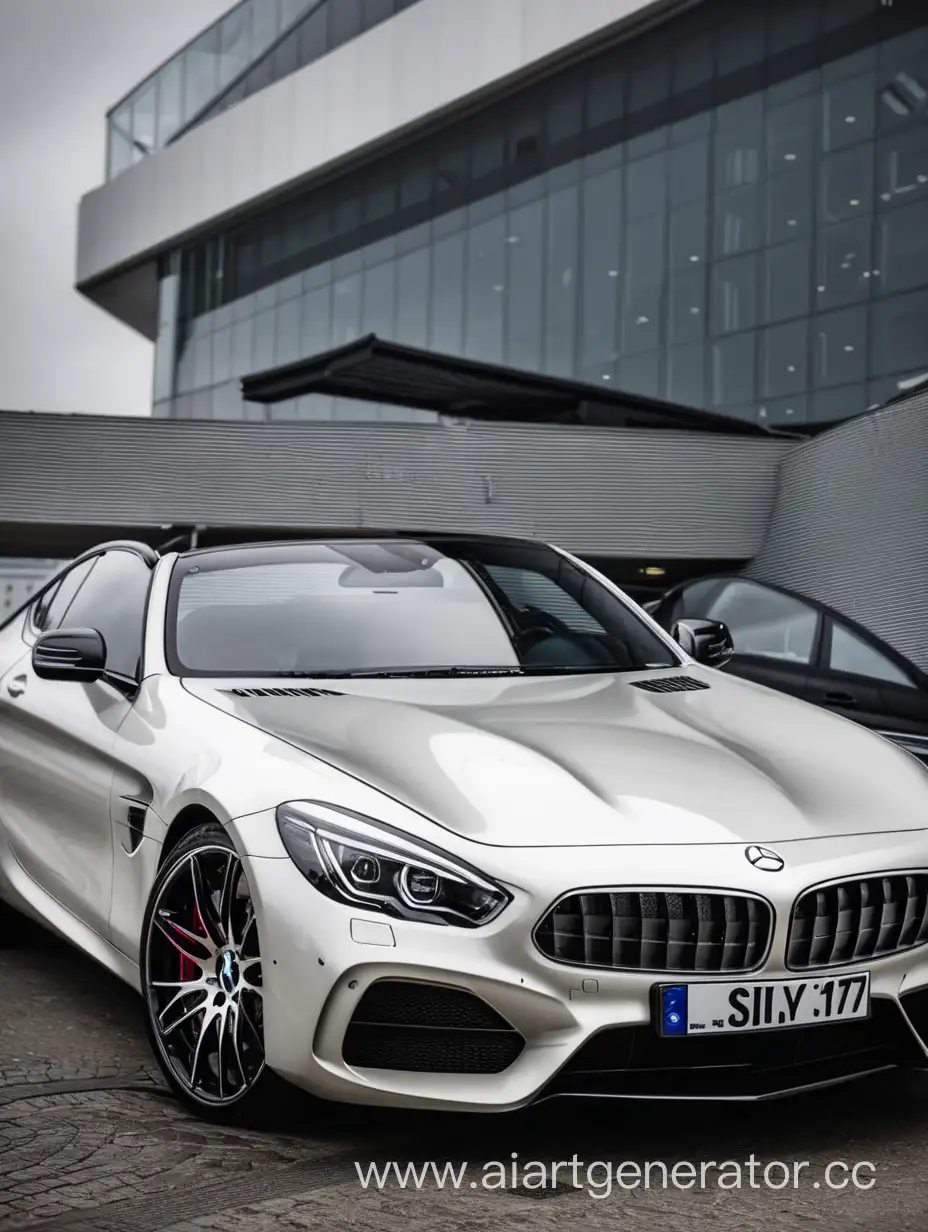
In the ever-competitive landscape of luxury automobiles, two titans reign supreme—BMW and Mercedes-Benz. Both brands evoke a sense of prestige and provide unerring performance, but the urgent question for potential buyers remains: which car is better? This comparison seeks to delve into not only the specifications and features of these magnificent machines but also the underlying philosophies that drive each brand. By examining dimensions from design and performance to technology and customer experience, we offer a holistic perspective that encourages prospective buyers to re-evaluate their priorities.
1. Design Philosophy
The visual aesthetics of a luxury vehicle are often the first criteria that influence consumer choice. BMW’s design ethos leans towards the sporty and aggressive, encapsulating a sense of dynamism that appeals to enthusiasts. The iconic kidney grille and elongate headlights evoke a sense of readiness, indicating that the vehicle is as much about performance as it is about luxury.
In contrast, Mercedes-Benz places significant emphasis on elegance and sophistication. The brand’s distinctive front fascia, characterized by a sleek grille and flowing lines, speaks to a more understated approach to luxury. This imperative for timelessness can be seen in vehicles such as the S-Class, which blend cutting-edge technology with classic styling, creating an aura of exclusivity.
2. Performance Metrics
When it comes to performance, enthusiasts often dissect figures such as horsepower, torque, and handling. BMW traditionally adopts a rear-wheel-drive configuration, which enhances handling dynamics and has earned it a reputation for being the ultimate driving machine. Models like the BMW M series exemplify this ethos, delivering an intoxicating blend of power and precision.
Conversely, Mercedes-Benz opts for a more diverse approach to performance, offering variants that encompass both luxury and athleticism. The AMG line up showcases vehicles that fuse robust power figures with refined driving manners. The E AMG, a perfect embodiment of this duality, offers blistering speed while ensuring that comfort remains paramount.
3. Technological Innovations
Mercedes-Benz, however, champions its MBUX (Mercedes-Benz User Experience) technology, replete with Artificial Intelligence capabilities that adapt to user preferences. With voice commands that recognize natural language, MBUX creates an interactive atmosphere within the vehicle. Furthermore, its augmented reality navigation can significantly alter the way one engages with their surroundings, promising to elevate the entire experience of driving into a realm of hitherto unseen sophistication.
4. Interior Comfort and Space
The internal ambiance of a luxury automobile is equally crucial in this comparative analysis. BMW’s approach results in more driver-focused interiors; the cockpit is designed with the driver in mind, promoting ergonomics without sacrificing aesthetics. The use of high-quality materials and plush seating contributes to a refined driving environment, but potential buyers may find the rear passenger space less accommodating than its competitor.
On the contrary, Mercedes-Benz vehicle interiors excel in opulence. From the lavish use of leather to the exquisite wood trims, every element is painstakingly curated. The incorporation of ambient lighting and state-of-the-art sound systems enhances this luxurious environment, making long journeys a pleasure. Additionally, Mercedes often proves to be more accommodating in terms of rear legroom and headroom, thus appealing to those who appreciate comfort as much as aesthetics.
5. Safety Features
Safety, a paramount concern in the luxury automotive segment, warrants rigorous scrutiny. Both manufacturers have invested heavily in this domain, equipping their vehicles with an arsenal of advanced driver-assistance systems. BMW employs an assortment of sensors and cameras, offering features such as Blind Spot Detection and Active Cruise Control to enhance driver confidence.
Mercedes-Benz elevates this commitment through its comprehensive Pre-Safe system, which anticipates potential collisions and preemptively activates safety measures. Additional features like Active Steering Assist and Distronic provide an added layer of security. This desire for redundancy in safety measures may sway consumers who prioritize 360-degree vigilance in their driving experience.
6. Final Considerations
Ultimately, the question of “Which car is better: BMW or Mercedes-Benz?” hinges on individual preferences. For the performance-oriented driver, BMW’s sporty characteristics and superior handling offer an exhilarating experience. In contrast, those who aspire to luxuriate in comfort and technological prowess may find greater satisfaction in a Mercedes-Benz.
Moreover, the choice extends beyond mere specifications; it embodies a lifestyle and an identity. BMW distinguishes itself with a more youthful, dynamic persona, while Mercedes-Benz appeals to a more refined, classic essence. Thus, the quest for a luxury vehicle transcends the parameters of performance and technology—it invites introspection into the buyer’s personal philosophy of what defines luxury. Given the profound implications of this choice, potential buyers must engage deeply with their own values to arrive at a decision that promises not just a mode of travel, but an enriching journey into the world of automotive excellence.
